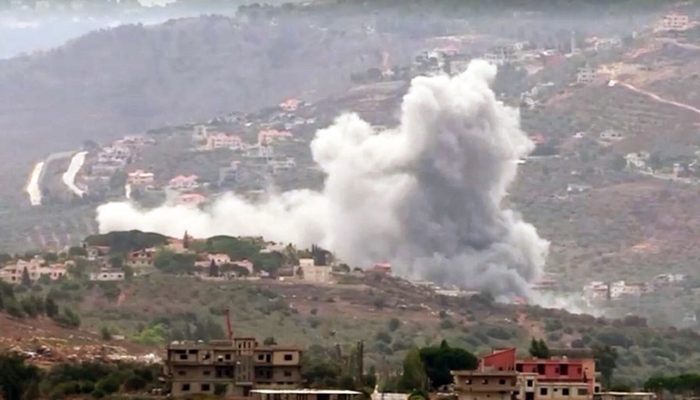The Palestinian Health Ministry reported, on Sunday, that 87 people were killed or remain missing under the rubble after an Israeli airstrike targeted northern Gaza’s town of Beit Lahiya. The attack, which took place on Saturday night, also left over 40 people wounded. The casualties represent one of the highest tolls in months of conflict in the area.
The Israeli military acknowledged the airstrike but said it was investigating reports of such a high death toll. Earlier, the military noted that a figure of 73 deaths, reported by the Hamas media office, might be exaggerated. They argued that the type of munitions used was unlikely to result in such a large number of casualties, and they claimed that the strike targeted a Hamas position.
Rescue Efforts Face Challenges
Rescue operations have been severely hindered by ongoing military activity and communication problems, according to Gaza’s health ministry. Emergency and ambulance teams have been unable to reach many victims due to the heavy fighting still occurring around the border between Gaza and Israel.
“Victims are still under the rubble and on the road. Ambulance teams and civil emergency services cannot reach them,” the health ministry said in a statement.
The strike comes as part of an intensified Israeli military operation aimed at removing Hamas fighters from the area around Jabalia, which lies just south of Beit Lahiya. The operation, backed by tanks, has been going on for two weeks.
International Reaction
U.N. Middle East peace envoy Tor Wennesland condemned the continuing strikes on civilians. He called for hostages to be freed and for the displacement of Palestinians to cease. “Horrifying scenes are unfolding in Gaza amidst conflict, relentless Israeli strikes, and an ever-worsening humanitarian crisis,” Wennesland posted on social media platform X.
The evacuation orders instructing Palestinians to move south have also sparked fears that Israel’s operation could aim to displace the northern Gaza population permanently. Israel has denied these claims, asserting that its actions are focused on protecting civilians and separating them from Hamas militants.
Fighting Remains Intense
The conflict in Gaza remains fierce, with Israeli forces continuing to target Hamas infrastructure in the region. Last week, the death of Hamas leader Yahya Sinwar had raised hopes of a possible opening for peace talks, but ongoing clashes have shown no sign of slowing.
The Israeli military has claimed to have killed numerous armed fighters and dismantled significant military infrastructure during its operations around Jabalia, which is home to one of Gaza’s historic refugee camps. Local residents report that Israeli forces have raided shelters housing displaced families and detained dozens of men.
Humanitarian Crisis Deepens
The humanitarian situation in Gaza has grown increasingly dire. The Palestinian Health Ministry has reported that over 42,600 Palestinians have been killed during Israel’s ground offensive, with many more believed to be buried under debris. Most of Gaza’s 2.3 million residents have been displaced, and large portions of the region have been destroyed.
Health officials in Gaza’s few remaining hospitals—Kamal Adwan, Indonesian, and Al-Awda—are struggling to cope with severe shortages of food, fuel, and medical supplies. These hospitals have come under siege from Israeli forces, with Kamal Adwan Hospital even coming under fire.
As the conflict grinds on, the humanitarian crisis continues to worsen, with no end in sight.
